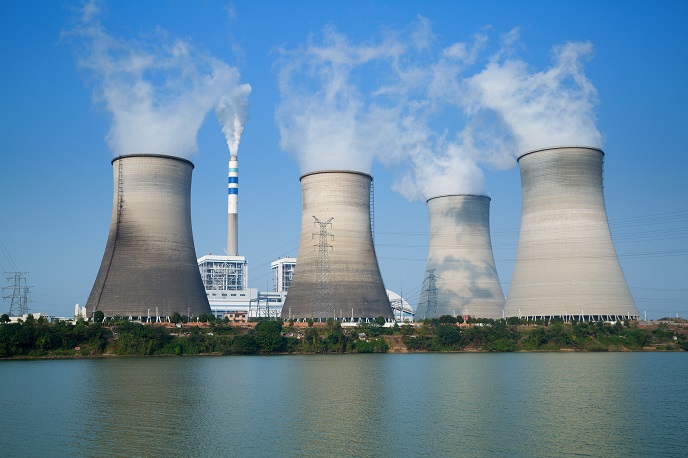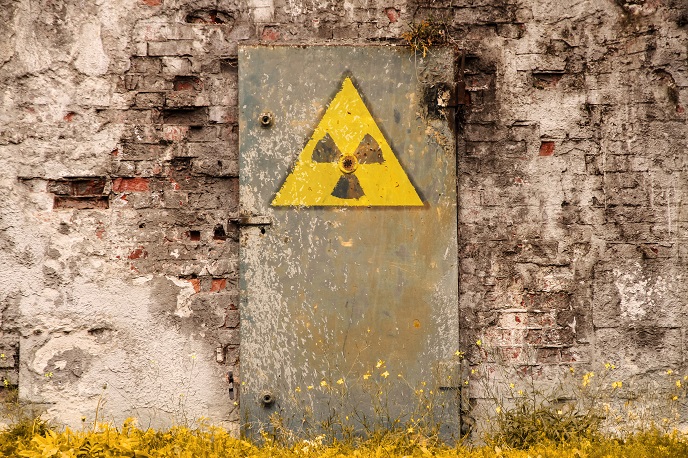Watertight safety assessment for liquid-cooled nuclear reactors
One of the most important arguments in favour of fast reactors lies in how safe they are. By using liquid metal coolant, fast reactors benefit from metal’s very high thermal conductivity. In theory, a liquid-metal cooled fast reactor can shut itself down without surpassing temperature limits. Designing reactors for use with liquid metals, however, requires a complete understanding of their thermal hydraulics which the EU-funded SESAME (thermal hydraulics Simulations and Experiments for the Safety Assessment of MEtal cooled reactors) project aims to provide. The project focused on the Lead-cooled Fast Reactor (LFR) and Sodium-cooled Fast Reactor (SFR) – both considered as the most promising nuclear technologies for next-generation reactors by the Generation-IV International Forum (GIF). “The goal was to improve the safety of liquid metal fast reactors by making new safety-related experimental results and improved numerical approaches available,” says Dr Mariano Tarantino, project coordinator. “These will allow system designers to improve the safety-relevant equipment, in turn leading to enhanced safety standards and culture.” The project team focused on four European demonstrators: ASTRID (industrial prototype aiming to confirm innovation options for Sodium Fast Reactor (SFR) technology), ALFRED (Lead cooled Fast Reactor (LFR) demonstrator in Romania), MYRRHA (multipurpose fast neutron spectrum irradiation facility and to serve as experimental pilot plant for the lead technology in Belgium) and SEALER (a Swedish small lead cooled reactor designed for commercial power production in Canada). They specifically aimed to take on the pre-normative, fundamental safety-related challenges these demonstrators have been facing. SESAME delivered various numerical approaches for the design and safety evaluation of these advanced reactors. Among other things, it provides a deeper understanding of turbulence in fuel assemblies, mixing and temperature fluctuation phenomena taking place inside a reactor pool with a database of properties and advanced turbulent heat flux models. The project: considered several thermal-hydraulic scenarios for the reactor core, where the highest temperatures are expected; successfully validated computational fluid dynamics (CFD) approaches under different scenarios; designed a stand facility for experiments related to natural convection and freezing of lead in a pool‑type geometry; and assessed the thermal-hydraulic performance of an LBE pool-type facility during a Protected Loss of Flow Accident (PLOFA). Detailed recommendations and a textbook Another important project outcome consists in a set of guidelines, including recommendations for verification, validation and uncertainty quantification of the use of numerical tools in liquid metals. “A textbook has also been compiled and published, highlighting major outcomes of the SESAME project but also including international input and perspectives. This textbook should serve as a good starting point for young professionals and students in this particular field,” says Dr Tarantino. All in all, SESAME provides the knowledge basis required for building liquid metal fast reactors, as well as support to the regulatory bodies and technical support organisations in Europe. The new experimental data and the advanced simulation approaches developed within the project are expected to support interaction between stakeholders and civil society on nuclear reactor safety, while the project’s knowledge base will allow the EU and its Member States to develop and implement robust safety policies.
Keywords
SESAME, safety assessment, nuclear, liquid-cooled, energy production, evaluation, guidelines, fast reactor, liquid metal







